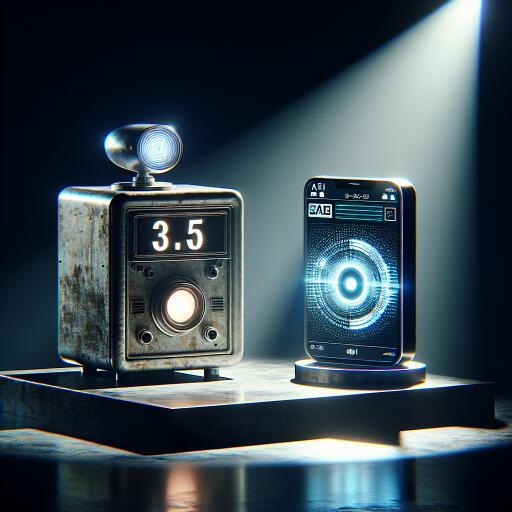Claude 3.5 Sonnet: The Emerging AI Powerhouse
In the rapidly evolving realm of artificial intelligence, each new model release promises to deliver unprecedented capabilities, transforming how we interact with technology. While many are familiar with the advancements made by platforms like ChatGPT, there’s a new contender in town that’s turning heads for all the right reasons: Claude 3.5 Sonnet.
Among the chatter on platforms like X/Twitter, where tech enthusiasts debate the merits of various AI tools, Claude 3.5 Sonnet is steadily gaining attention and accolades. AI advocate Alfaiz Ali recently underscored the model’s superior performance, claiming it eclipsed GPT-4o in merely 24 hours after its debut.
Ali’s exploration revealed Claude 3.5 Sonnet’s versatility, showcasing its prowess in application development and explaining complex technical concepts through animation. An example that stands out is its ability to render a solar system with minimal input, demonstrating an impressive benchmark performance.
Unmatched Benchmark Performance
Comparative analysis reveals that Claude 3.5 Sonnet outshines its competitors in several benchmarks. According to its developer, Anthropic, Sonnet operates at double the speed and a fraction of the cost of its predecessor, showing remarkable efficiency.
Its excellence isn’t limited to speed and cost-effectiveness. Claude 3.5 Sonnet has also demonstrated high-level reasoning and significant knowledge base, capable of visual processing, interpreting complex charts and graphs, and transcribing text from visually imperfect sources.
An innovative feature, Artifacts, allows Claude to generate diverse content ranging from textual documents and code to visual representations. This capability is complemented by a unique interface that displays results alongside ongoing dialogues, encouraging real-time iteration and enhancement.
The Creativity and Intelligence of Claude 3.5 Sonnet
When it comes to coding, Claude 3.5 Sonnet has impressed with its ability to create fully functional games from detailed prompts. Its nuanced understanding of humor and context distinguishes it from other models, making for more engaging and entertaining narratives.
While ChatGPT-4o also has its strengths, particularly in generating poetic and refined content, Claude 3.5 Sonnet excels in integrating humor within stories, offering a more natural and enjoyable reader experience.
Ensuring Security and Privacy
Anthropic stands out by ensuring Claude 3.5 Sonnet does not train on user data without explicit consent. The model has undergone thorough testing, including evaluations from the UK’s Artificial Intelligence Safety Institute, to address security concerns and minimize potential misuse.
Despite its absence of voice or audio query handling, Claude remains a formidable contender in text-based tasks and coding challenges. With plans to introduce memory features in future versions, Claude 3.5 is poised for even greater versatility.
Conclusion: A New Era of AI Competitiveness
The question of which AI model reigns supreme is complex, as the choice largely depends on the specific requirements of the task at hand. Each model, whether Claude 3.5 Sonnet or ChatGPT-4o, has its distinct advantages and limitations.
The decision between choosing an AI model doesn’t have to be binary. The rapidly advancing AI landscape encourages experimentation and open-mindedness, paving the way for users to explore the unique strengths of each model without constraints.
In the end, the choice between Claude 3.5 Sonnet and ChatGPT-4o—or any other AI tool, for that matter—will depend on personal preferences, the task’s specific needs, and how users interact with AI. In a landscape as dynamic as AI, it’s essential to keep an open mind and explore all that these incredible technologies have to offer.









